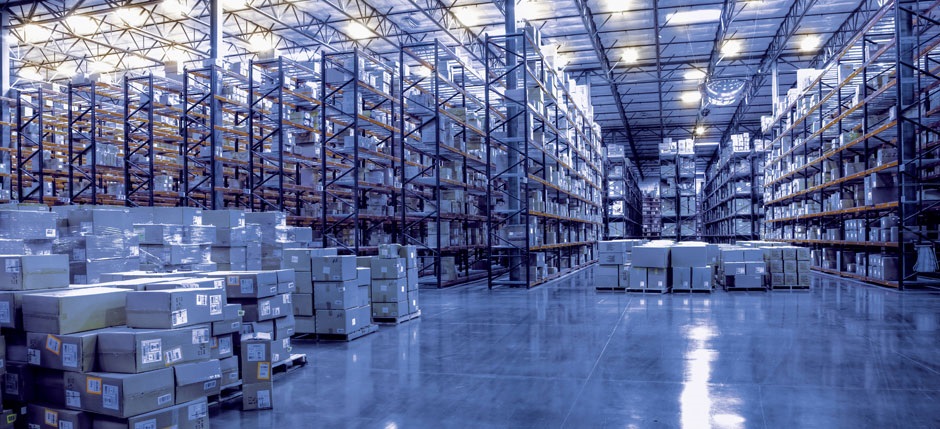Fish and Seafood Trade & Statistics
Seafood consumption in major segments of European retail market is relatively stable. The largest seafood consumers live in Western and Southern parts of the Europe.
The largest and fastest growing market however is Eastern Europe where seafood is increasingly accepted by consumers. The largest regional distribution units of seafood from developing countries are located in the Netherlands, Belgium, Spain, Italy and Germany, but the other parts of our market network is also increasingly important segments of our supply chain.
Developments in imports of fish and seafood to EU & EFTA
Both the volume and value of seafood imports have increased rapidly. However, the increase in value has fluctuated much more than the increase in volume. This principally reflects the price sensitivity of seafood. The stagnation in growth since 2007 has largely been a result of the global financial crisis. However 2010 and 2011 show an increase in value and volume with a net price increase per kg of fish and seafood, compared to 2009.
– Asian shrimp (mostly from Vietnam, India, Thailand and Bangladesh) is mainly imported by North-Western EU countries such as Belgium, the UK, the Netherlands and also France, South American shrimp (mostly from Ecuad or, Argentina and Mexico) is mainly imported by Spain, France and Italy.
– The largest pangasius importers in the EU are Spain, Germany, the Netherlands and Poland. The Netherlands is largely a transition country because it is home to one of the largest commercial ports in the EU, Rotterdam Europort. More than 95% of pangasius is imported directly or indirectly from Vietnam.
– The largest importers of frozen yellow fin tuna in the EU are Spain and Italy who together account for 85% of total imports. Frozen yellow fin tuna is mostly sourced from Mexico (20%) but also from Asian countries like Korea, Vietnam, Thailand, Indonesia and the Philippines. It is important to note that part of the total import amount is captured directly by EU vessels in the Pacific.
In the short term, imports from developing countries are expected to remain stable.
However, the EU aims to increase internal fish production with the development of aquaculture operations in order to become less dependent on fish imports. If the EU real ises its ambition it is likely that imports from developing countries will decrease in the future.
Requirements
The European requirements and quality criteria for the seafood products are quite strict.
Therefore the food safety is a top priority, and this translates into a whole set of requirements suppliers must meet in order to be allowed to supply European consumer food market. Have your country and facility been approved to export to the European single market? In order to prove that your health standards comply with the EU requirements, your products must be accompanied with a health certificate.
Hygiene requirements are also need to be met. Therefore products must be tested on microbiological contamination.
.

